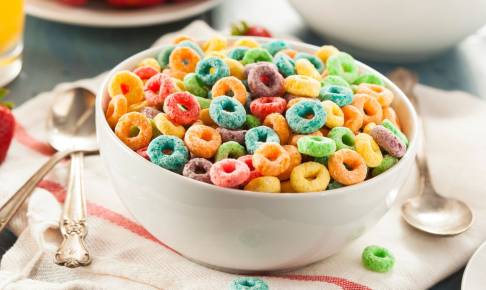Babies and children 10 times more exposed to microplastics than adults
According to a scientific study conducted by experts from the New York University School of Medicine in partnership with the Tianjin Environmental Pollution Laboratory, babies and children are at least 10 times more exposed to microplastics than adults.
For the purpose of the study, the researchers measured the amounts of polyethylene terephthalate (PET) and polycarbonate (PC) microplastics in three meconium samples, six newborn feces samples, and ten adult feces samples from New York State. In general, PET is most often associated with plastic bottles (disposable and reusable), while PC is used to make a wide range of products, including helmets and DVDs. According to the findings of the research, infants are exposed to more microplastics than adults. Some meconium samples and all infant stool specimens included PET and PC microplastics. They were also found in most (PET) or all (PC) adult stool samples, although at amounts that were an order of magnitude lower than those observed in newborns. Furthermore, the findings revealed that the estimated daily exposures to PET and PC microplastics from infants' diets were 83 000 and 860 ng/kg body weight per day, respectively, much greater than those of adults (PET: 5 800 ng/kg-bw/day; PC: 200 ng/kg-bw/d). A high level of microplastic exposure in the first year of life might be due to a variety of factors, including MOCAs (materials and objects in contact with food) which include plastic items that newborns suck and bite (i.e. teething rings, plastic infant bottles, teats and pacifiers, etc.).
Source:






















